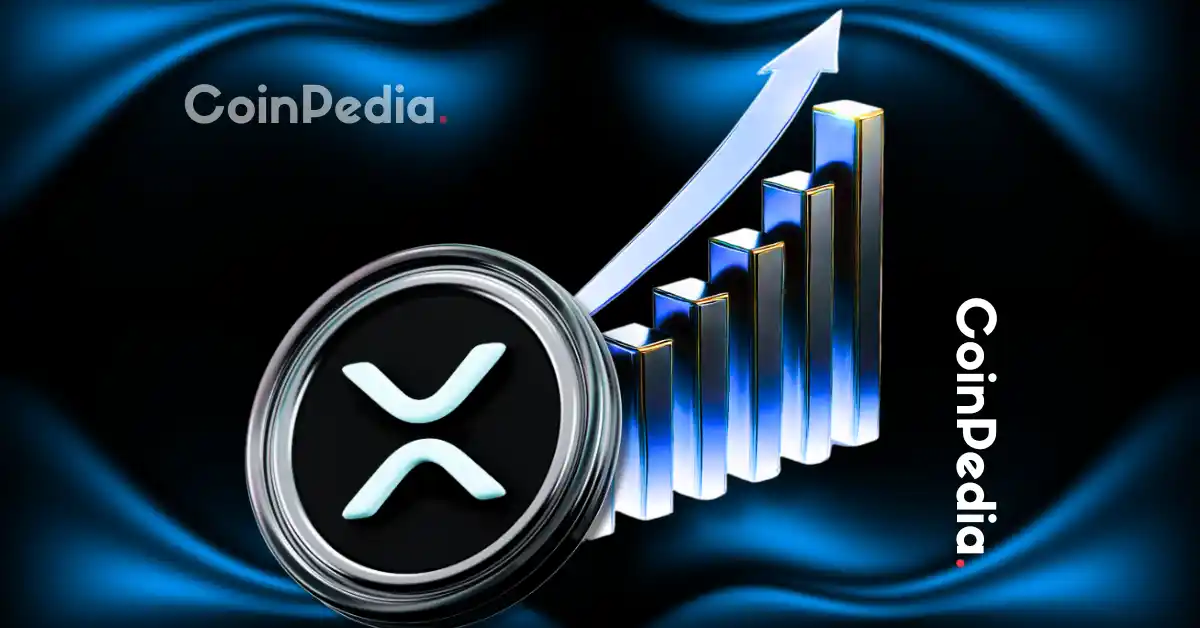The conclusion of the Ripple versus SEC lawsuit marks a pivotal moment for XRP and the broader cryptocurrency market. This resolution has ignited fresh discussions and predictions about XRP’s future price trajectory, its regulatory status, and the prospect of an XRP exchange-traded fund (ETF). The lawsuit, which began in December 2020, cast a long shadow over XRP, creating regulatory uncertainty that dampened institutional confidence and contributed to price volatility. However, the recent settlement, which required Ripple to pay a $50 million fine—significantly lower than the initial $125 million proposed fine—and the SEC’s decision to drop the lawsuit and associated appeals, has substantially cleared the regulatory fog. This resolution enables Ripple to recover $75 million previously held in escrow and ushers XRP toward a regulatory green light status. The dismissal of the lawsuit has already catalyzed price jumps exceeding 10%, signaling renewed investor optimism. Legally, the end of the SEC dispute removes a significant overhang, paving the way for XRP’s institutional adoption, acceptance within financial infrastructures, and innovation at Ripple Labs.
XRP Price Outlook: Breaking Through Key Levels
Post-lawsuit, analysts and traders are focused on XRP’s price action around pivotal thresholds. XRP has recently bounced comfortably above $2, with many market observers highlighting the $2.50 and $3 levels as critical resistances. Should XRP successfully sustain above $2.50, momentum could well spur a surge beyond $3, echoing bullish narratives reinforced by institutional interest and technical chart patterns. Several factors support this optimistic outlook:
– Renewed Whale Activity: Large holders have increased accumulation, indicating confidence in XRP’s upward potential.
– ETF Hopes: The likelihood of an XRP ETF approval acts as a powerful catalyst, attracting broader investor participation.
– Improved Market Sentiment: Crypto markets have been buoyed by positive legal developments and anticipated regulatory clarity.
Despite these bullish signals, some caution remains. Price corrections and volatility can manifest quickly, especially given the still-evolving regulatory landscape and the influence of external macro factors like political shifts and broader economic trends.
The XRP ETF: Gateway to Institutional and Retail Adoption
One of the most transformative prospects arising from the lawsuit’s closure is the potential approval of an XRP ETF. An ETF would allow a wider range of investors—especially institutional and retail participants who prefer regulated investment vehicles—to gain exposure to XRP without the complexities of direct cryptocurrency ownership. Industry experts and market participants suggest that such an ETF could be approved as soon as mid-2025, contingent on regulatory clarity. BlackRock and other major asset managers are reportedly preparing or considering filings for altcoin ETFs that include XRP. The approval of a spot XRP ETF would:
– Provide easier, regulated access to XRP investment.
– Inject fresh capital inflows.
– Levy a positive price impact due to increased demand.
– Enhance XRP’s legitimacy in traditional financial markets.
Forecasts speculate that if an XRP ETF is approved, bullish momentum could drive XRP’s price up by up to 1,500%, with speculative targets ranging from $5 to as high as $15 or more in short-to-medium-term horizons. These projections reflect expectations of institutional capital unlocking and greater mainstream acceptance.
Institutional Demand and Wider Market Dynamics
With regulatory clarity achieved, institutional demand for XRP is rising. Ripple’s technology, particularly its cross-border payment solutions, is gaining interest from banks and payment providers seeking alternatives to slower and costlier traditional methods. The synergy between Ripple’s payments network and XRP’s blockchain utility further consolidates XRP’s positioning as a pragmatic asset beyond mere speculation. Yet, XRP’s future trajectory is not insulated from wider market dynamics. Cryptocurrency markets remain sensitive to macroeconomic indicators, geopolitical events, and the evolution of regulatory regimes not only in the U.S. but globally. Moreover, internal crypto market trends such as Bitcoin’s price movements and sector-wide risk appetite invariably impact altcoin performance, including XRP.
Potential Risks and Considerations
While the conclusion of the Ripple-SEC lawsuit provides significant upside, it does not eliminate all risks:
– Regulatory Shifts: Changes in U.S. political leadership or SEC management could revive scrutiny or alter regulatory priorities.
– ETF Approval Delays: Approval processes for ETFs can be protracted, creating periods of uncertainty.
– Market Volatility: Crypto markets are inherently volatile, and external shocks can disrupt bullish trends.
– Competition: XRP faces competition from other payment and blockchain solutions, which could influence demand.
Investors should balance optimism with prudent risk management, recognizing that price targets above $3 are contingent on continued positive catalysts.
Looking Ahead: Implications for XRP and the Crypto Ecosystem
The legal victory and subsequent settlement between Ripple and the SEC represent more than just a win for one company; they set an important precedent for altcoins’ regulatory classification and the crypto industry’s maturation. XRP’s path forward—with a more favorable regulatory landscape and the potential launch of an XRP ETF—may herald a new chapter characterized by increased liquidity, mainstream acceptance, and integration within existing financial markets. As XRP eyes and potentially breaches the psychological $3 barrier, market participants should watch for key developments around ETF filings, institutional adoption, and regulatory announcements. If these align positively, XRP’s rise could reshape narratives from regulatory uncertainty to robust growth and innovation.
The end of the Ripple versus SEC lawsuit opens an exciting phase for XRP, fueled by optimism around ETF approval, institutional demand, and renewed investor enthusiasm. While challenges and uncertainties remain, the regulatory clarity achieved emboldens XRP’s prospects for breaking through critical resistance levels such as $2.50 and $3. The launch of an XRP ETF could dramatically expand market access and magnify price appreciation. For investors, traders, and crypto enthusiasts, XRP’s journey from legal limbo to a potential ETF-backed asset encapsulates the evolving dynamics of digital assets navigating regulatory landscapes. With momentum building steadily, the question is no longer just if XRP will break $3—but how high it could soar beyond that milestone in a supportive environment. This pivotal moment could redefine XRP’s place in the crypto ecosystem and reinforce Ripple’s mission to revolutionize financial transactions globally.

